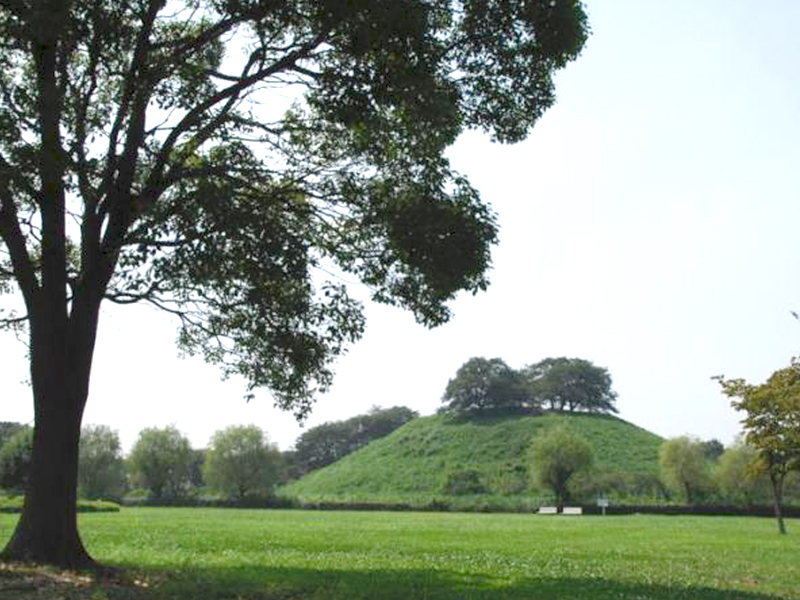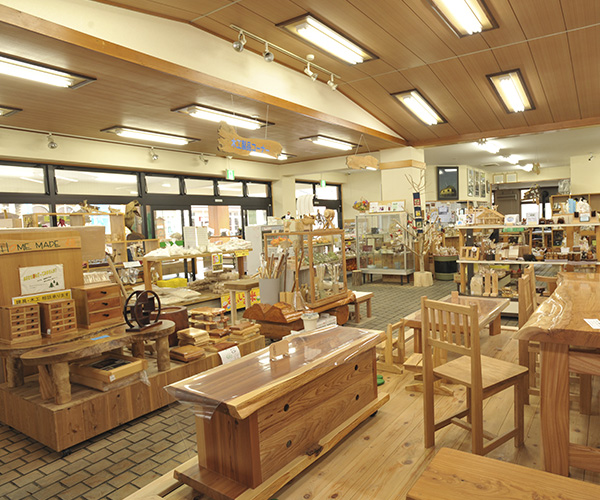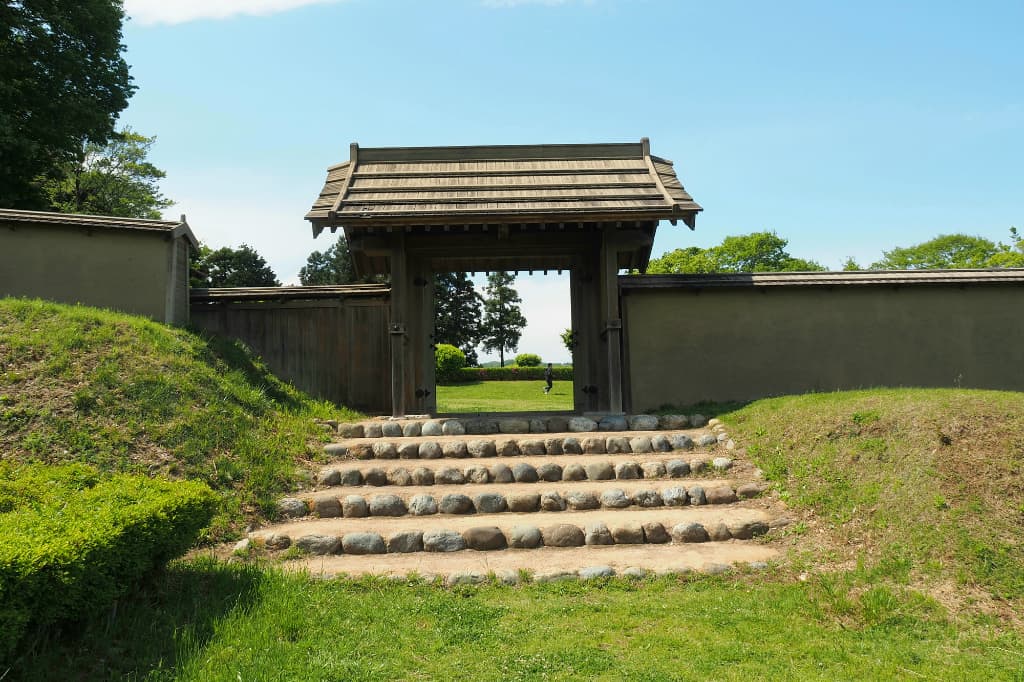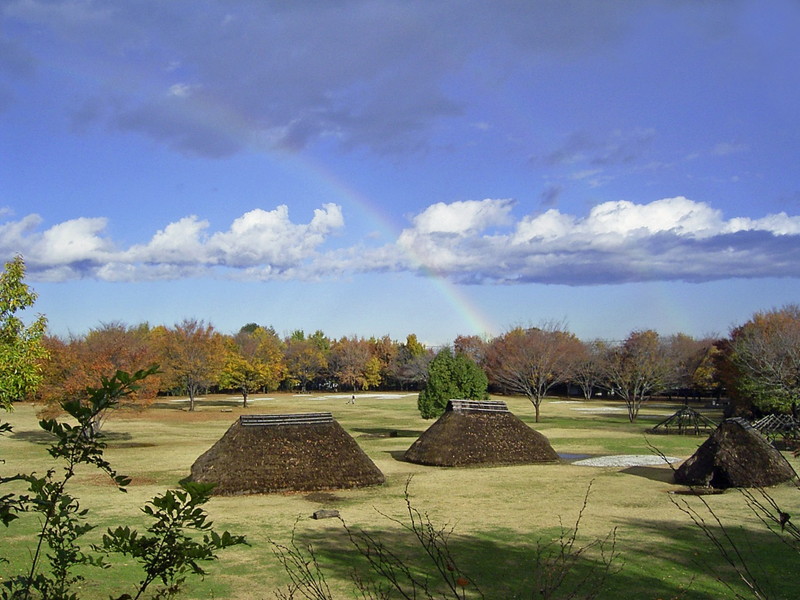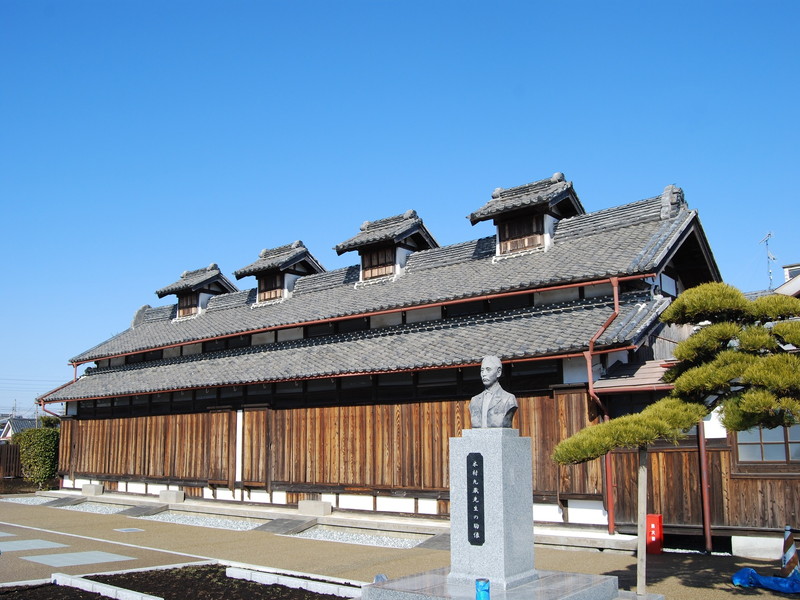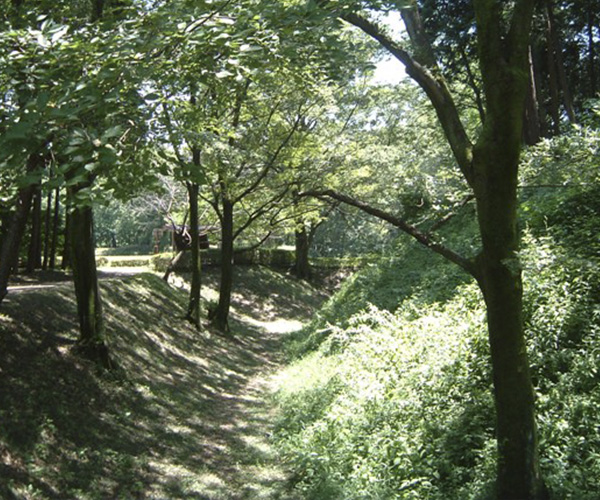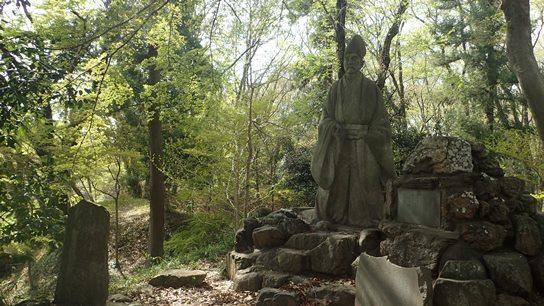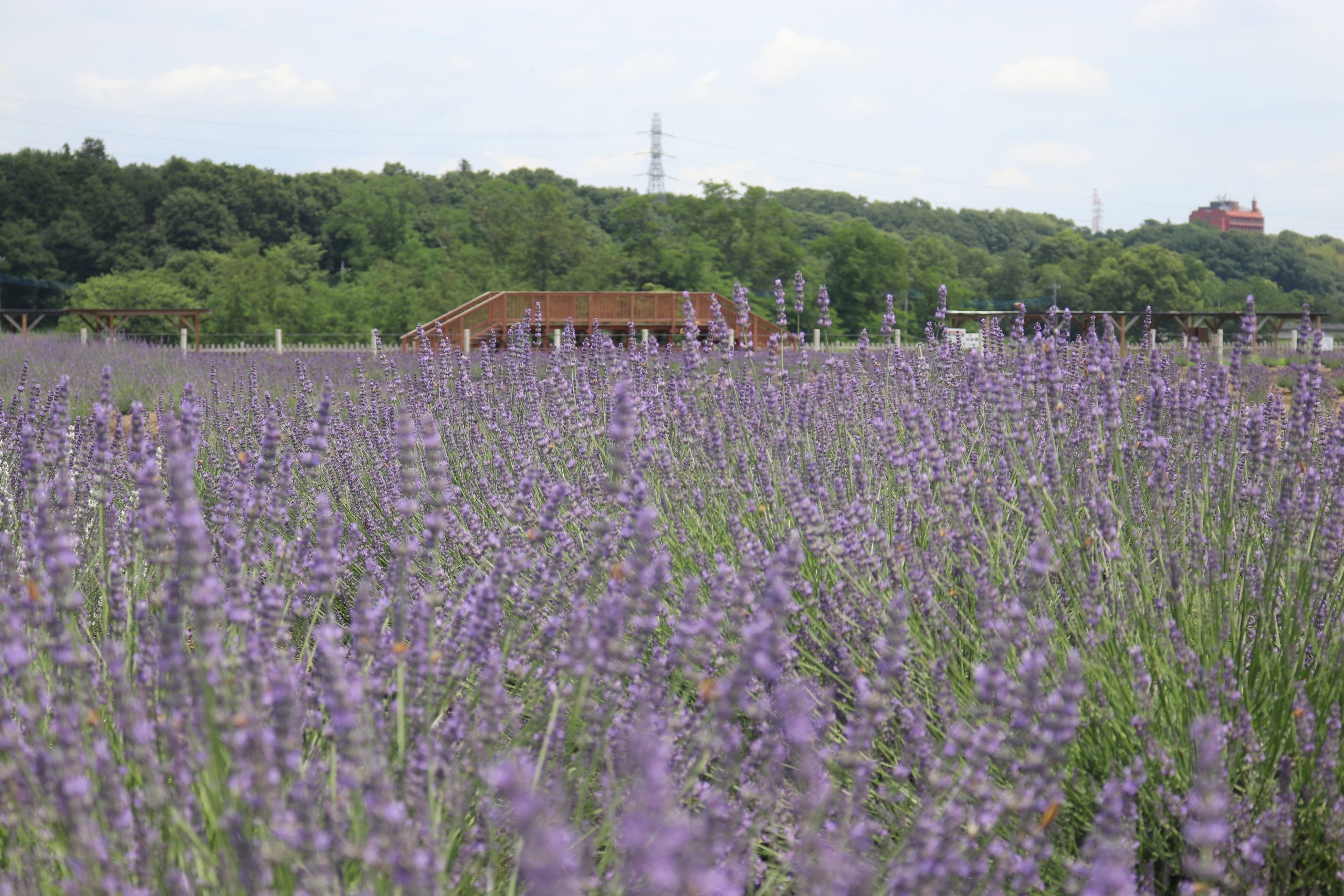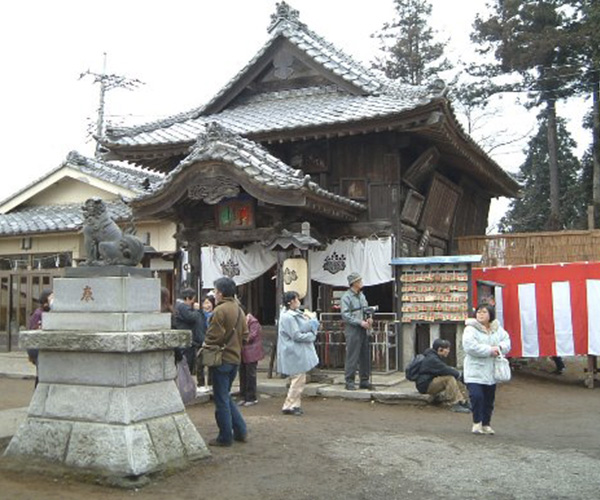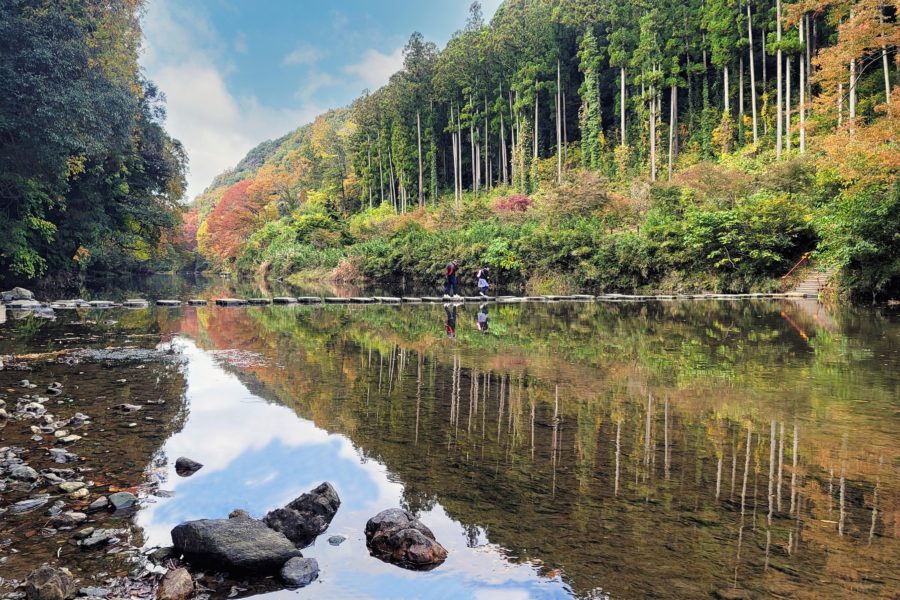Gogaku Kenshujo – Masahiro Yasuoka Memorial Museum
sightseeing
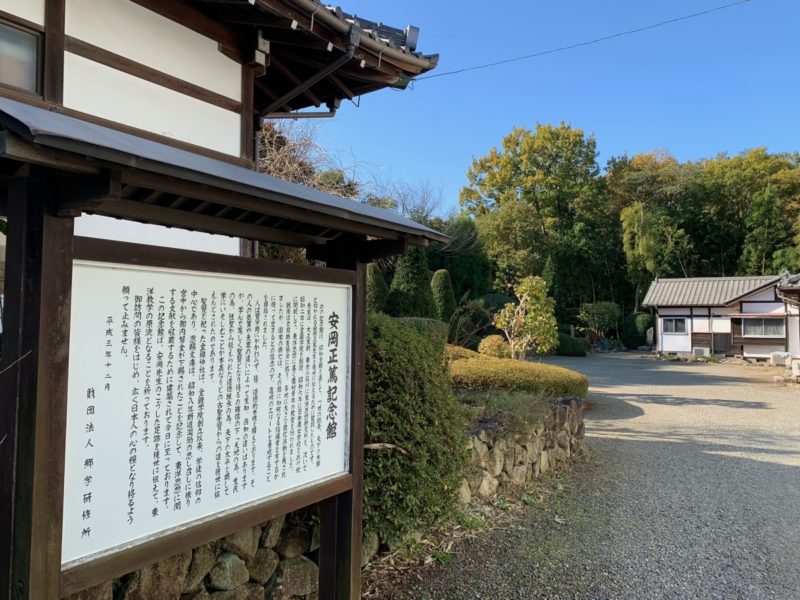
In 1970, the “Gogaku Kenshujo Foundation” (village school training institution) was established on the site of the “Japan Agricultural Teachers' School,” founded by Dr. Masahiro Yasuoka in the early Showa period. In 2012, the foundation was officially named the “Foundation for Gogaku Training Institute and Masahiro Yasuoka Memorial Museum” to carry on the tradition of the Japan Agricultural Training School and to promote Gogaku (village schools), as well as to pass on to future generations the much needed teachings and anthropology of Dr. Masahiro Yasuoka.
Basic Information
How to get there
Public transport
Get off at "Musashi-Ranzan Station" on the Tobu-Tojo Line. (Approximately 1 hour by express train bound for Ogawamachi from Ikebukuro Station. Rapid trains also stop.) Approximately 18 minutes on foot from the west exit. (West of "National Women's Education Center")
Car
About 15 minutes from "Higashimatsuyama I.C." or "Ranzan Ogawa I.C." on the Kan-Etsu Expressway. Along National Highway 254 Bypass. The big signboard of "National Women's Education Center" is a landmark.

